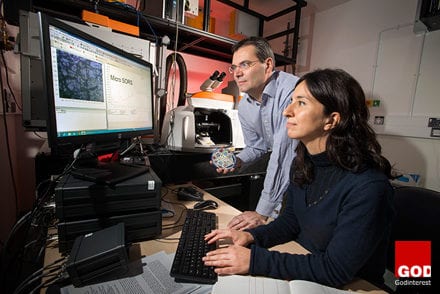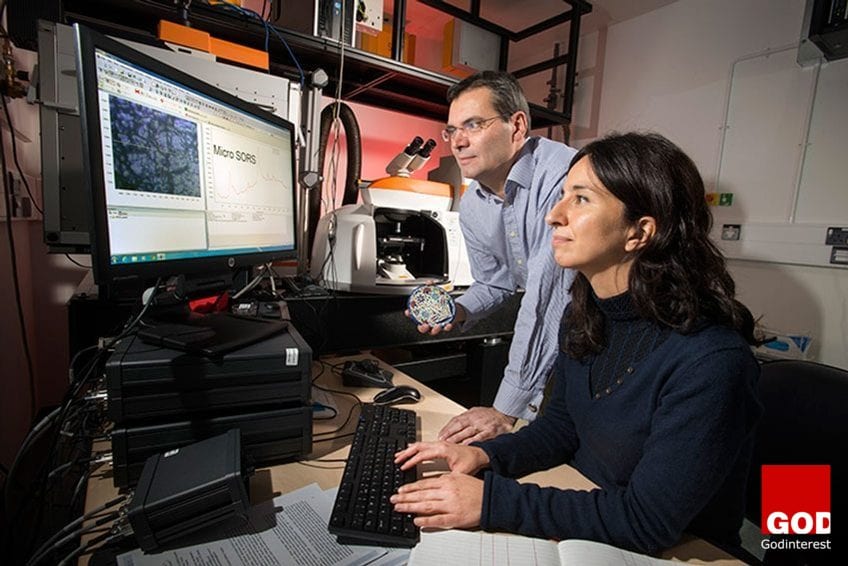Former Argent partner Tony Giddings has been confirmed as development adviser on the £1.3bn “Super Prisons” programme, the first of which is already being built in Wrexham.
Chancellor George Osborne and Justice Secretary Michael Gove unveiled the major new prison reform programme including plans to build 9 new prisons in last year’s spending review, with five of the new prisons to be open before the end of this parliament. The government will also expand existing prisons in Stocken and Rye Hill.
Giddings said “he was hoping to instil the Argent ethos of “more collaboration” with construction suppliers into the government’s approach to procuring prisons.”
Giddings will provide support in the provision of management, technical capability, and systems to manage the planning, design, procurement, and delivery of the construction of the new prisons.
Giddings said “He understood the £1.3bn of funding was ring-fenced and highly unlikely to be threatened by recent political and economic turbulence.” and “admitted the prisons programme timetable was “challenging”, with sites still to be acquired, but he said the aim was to be on site with at least some by the end of the year.”
The new programme will apparently modernise the prison estate to make it even more efficient, safer and focused on supporting prisoner rehabilitation while selling aging, inefficient prisons on the prime real estate to free up land for new homes.
But would God Use Prisons to Rehabilitate?
Imprisonment is littered throughout Scripture. As a young man, Joseph was thrown into prison in Egypt (Gen. 39:20). Samson, after having his eyes put out, was made to work in a grinding mill prison house of the Philistines (Jdg. 16:21). Jeremiah spent many of his days in the “court of the prison” (Jer. 32:2).
The modern prison system borrows ideas from the Catholics and Quakers—two different sects of Christianity. But does this mean prisons are biblical? Not exactly, the above examples all occurred in nations not governed by God.
Britain’s Old Prison System
Britain used to punish criminals through swift execution of verdicts, which were generally performed publicly to bring shame and humiliation to the perpetrator and prevent similar crimes from occurring. Typical sentences involved being whipped or a stint in the stockades.
Jails did exist, but they were only used to hold criminals awaiting trial and sentencing. However, the elite in the UK soon saw this system as archaic and inhumane and was determined to improve it through a complete overhaul.
In this newer system, men were placed in a tiny cell and given only a Bible to read. This marked a move toward imprisonment as the primary form of punishment.
Not Much Has Changed in Modern Prisons
Today’s prisons have three basic objectives: punish a criminal by taking away his time, remove him from society (in an attempt to reduce crime as well), and rehabilitate inmates to become functional members of society upon release.
The problems inherent with this system have remained the same for years: recidivism (repeated relapse into criminal acts), overcrowding, cost and, most telling—despite the large amounts of funding—the utter inability of the system to contain crime.
It is claimed that super-prison development will also allow over 3000 new homes to be built, boosting house building in urban areas and helping thousands of working people achieve their dream of owning a home. The Victorian prison site at Reading will be the first to be sold.
By investing in the prison estate, the government said it will reduce running costs in prisons by £80 million a year. The new prison investment will also fund video conference centers, allowing up to 90,000 cases to be heard from prison instead of court.
According to Justice Secretary Michael Gove, “currently half of criminals re-offend within one year of being released, and nearly half of all prisoners go into prison without any qualifications.”
The Government has also claimed that the prison programme will reduce reoffending through creating the physical conditions for Governors to achieve improved educational, training and rehabilitative outcomes, and aims to reduce the cost of transporting prisoners between courts and prisons. This builds on the probation reforms undertaken in the last Parliament, which will reduce the costs of the system and reinvest them into extending probation support to 45,000 short-sentence offenders for the first time, to tackle reoffending.
“We will be able to design out the dark corners which too often facilitate violence and drug-taking.” stated Michael Gove
Around 10,000 prison places will move from outdated sites to the new prisons, significantly improving rehabilitation.
There is little doubt in most societies and religious traditions that prison is necessary for this sin-sick world, however, this is still not what God intended.
While modern prisons are plagued with mounting problems, God’s Way involves swift sentencing and swift punishment.
“God” of Modern Prisons
There is one future case, though, in which God will use a sort of “supermax prison” for His own purpose. A sentence for someone He deems unfixable—but whose imprisonment will yield tremendous results!
























































